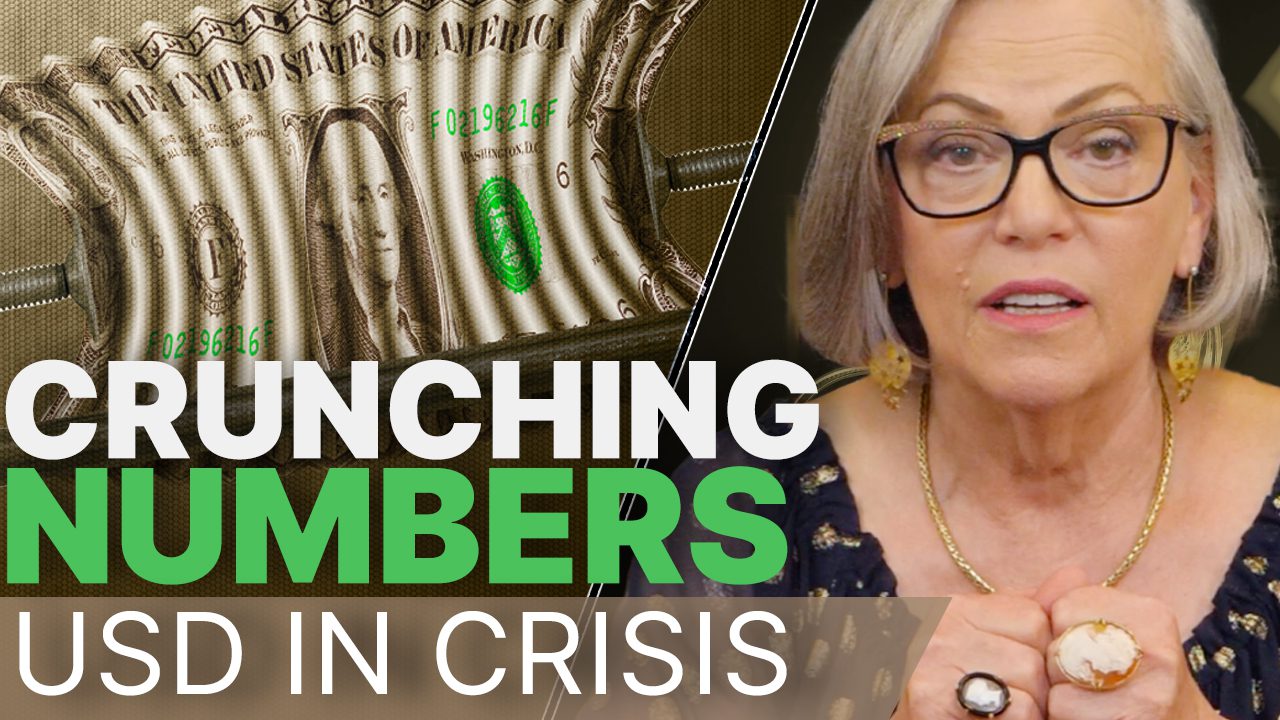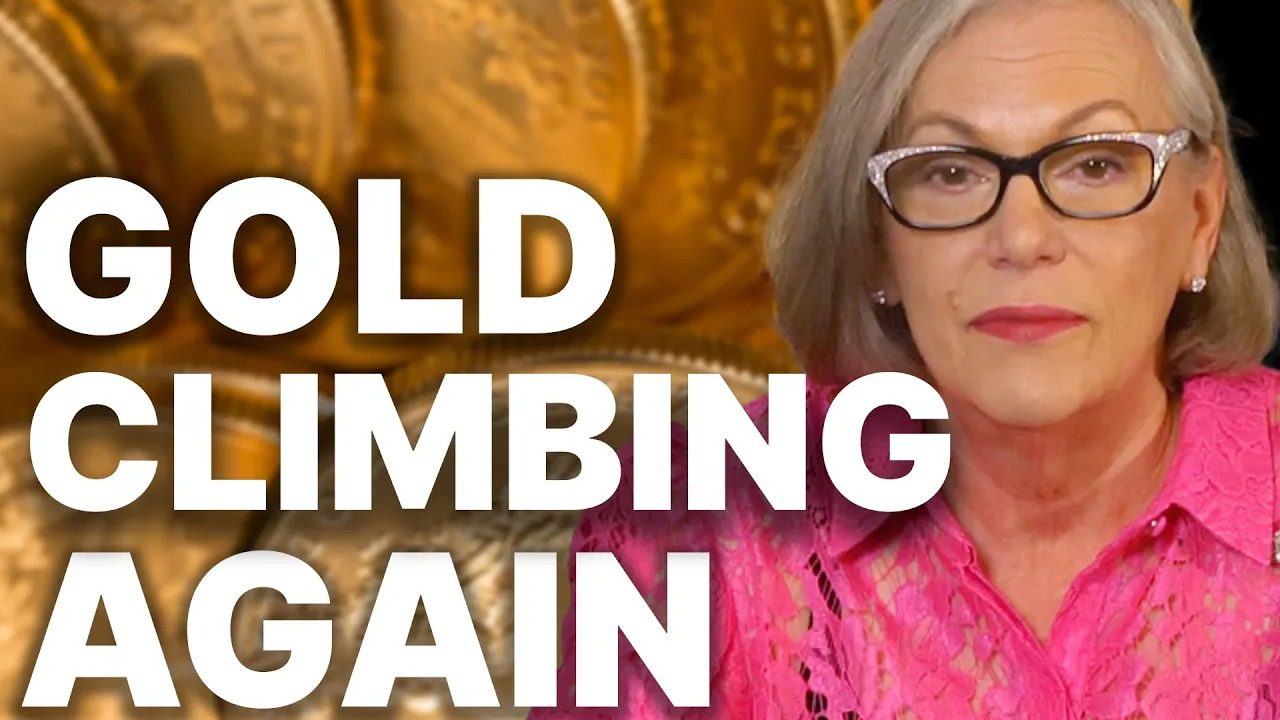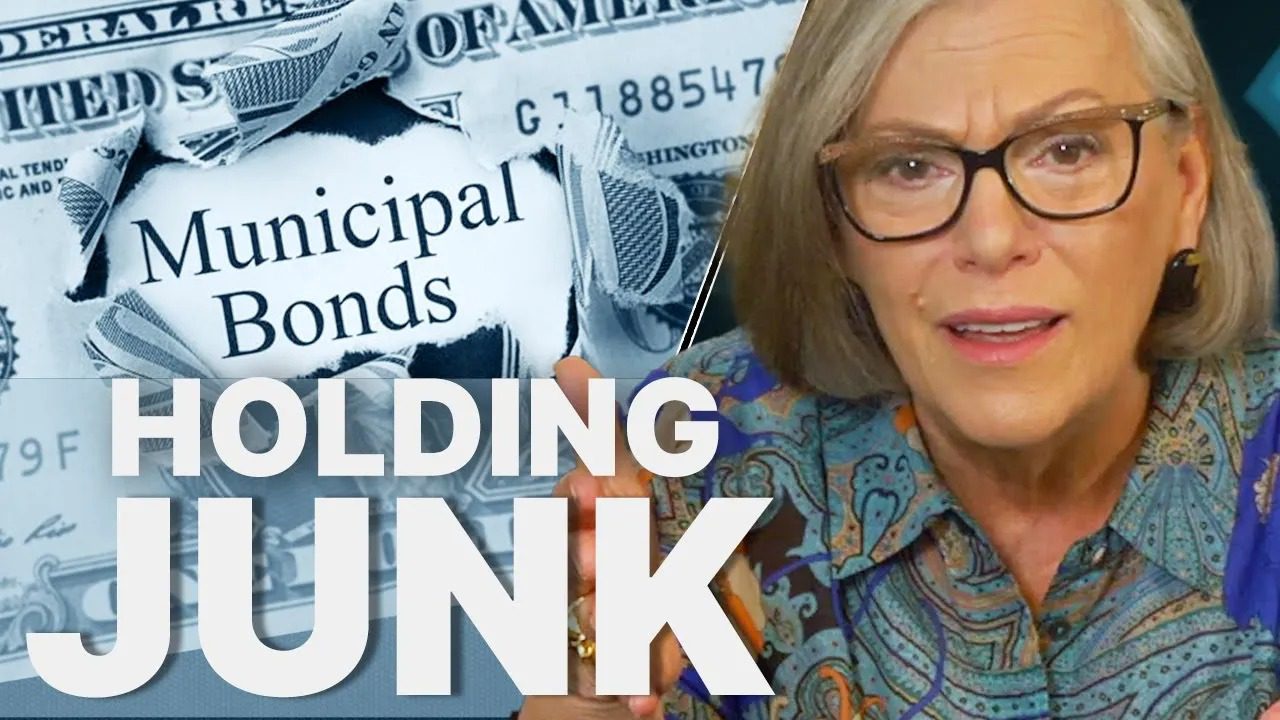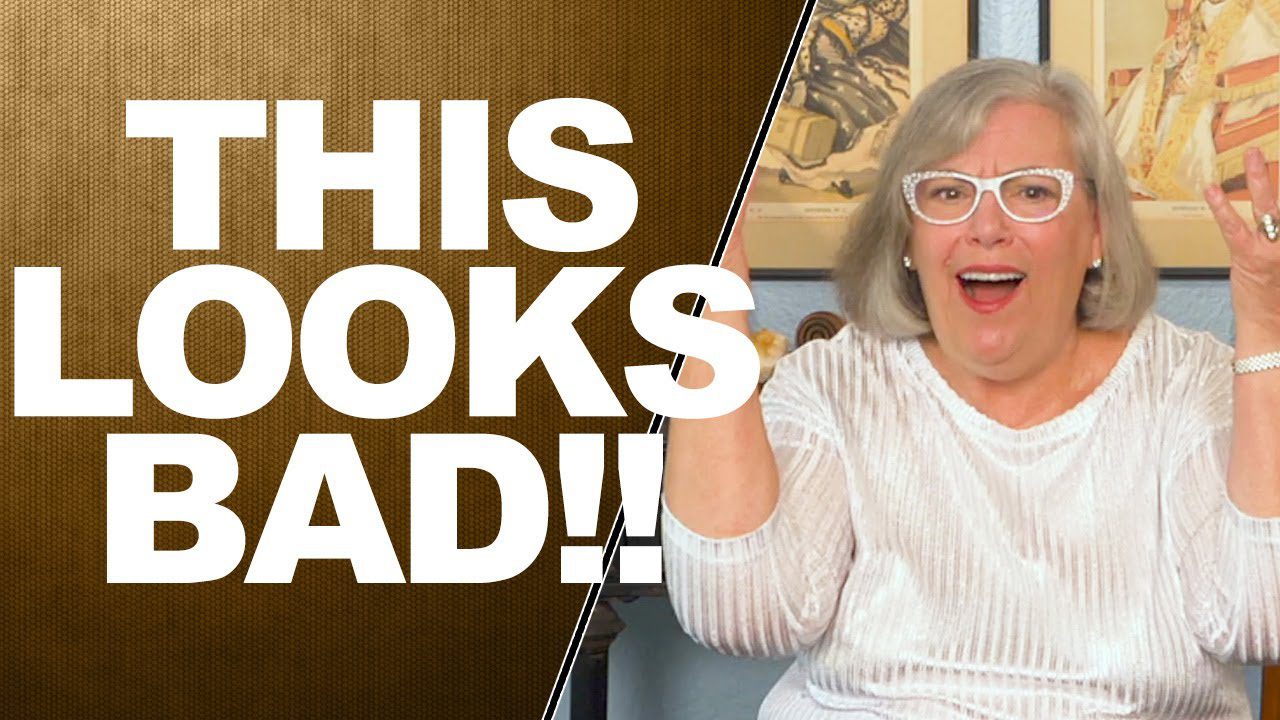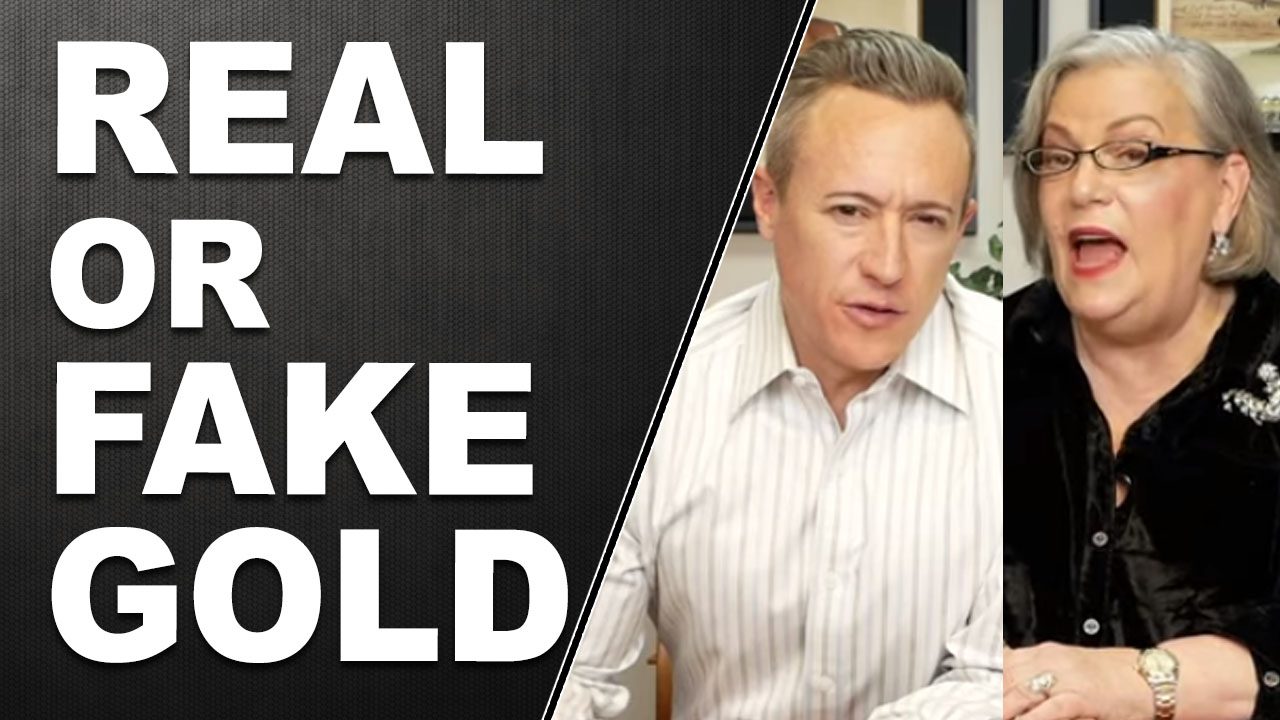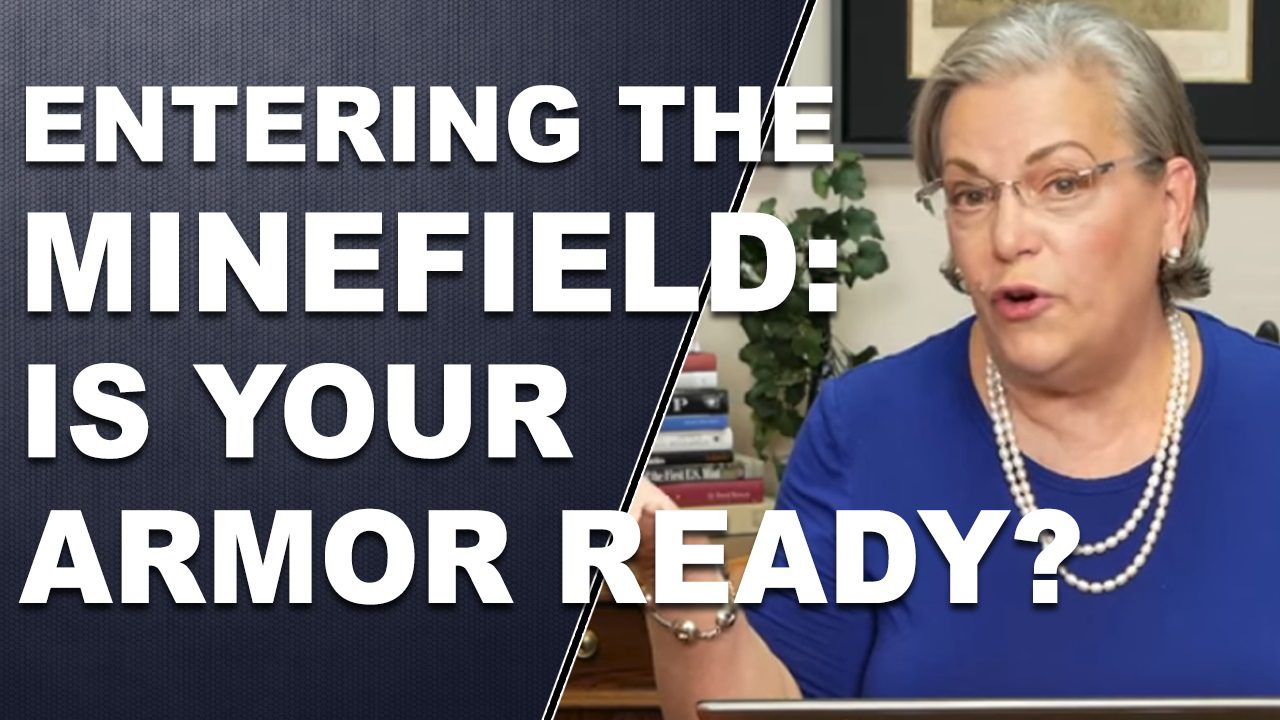Gold Vs.

Gold vs. Inflation
Gold vs. the amount of goods and services it can buy has remained fairly stable over the last 100 years or so. Now there are short-term fluctuations when there is an imbalance, but for the long-term gold tends to hold its value. For example, gold was priced at $20.67 per ounce in 1910. That equates today to about $500 per ounce. From 2003 to 2008 gold averaged $606 per ounce, which shows that gold has held up to all sorts of money printing over the last century. Clearly gold has more than doubled to today’s current price of $1,371 per ounce, but that is an example of how throughout history there have been times of imbalance (which illustrates opportunity).Â
Imagine if your grandfather had $40 back in 1910 and took $20 and exchanged it for a gold coin, and took the other $20 and kept in cash. His $20 today would buy about 5% of what it would back then, but his gold coin could buy more than what it did back then.
Gold vs. the Dollar
The US Dollar is currently the world’s reserve currency, which is slowly coming into question. Who knows how much longer this will last. Gold has proven that it can hold up to devaluations in currency. According to the World Gold Council, research has shown that from 1971 to 2002 gold was negatively correlated to the dollar and was a more effective hedge than any other commodity. More importantly, GFMS ltd. found that gold does better when the dollar is falling, with little loss when the dollar is rising.
Gold vs. Crises
Gold tends to perform well during a myriad of economic crises. From banking failures to terrorist attacks, gold is the asset of choice during time of fear. For this reason, when we see fear in the markets gold tends to rise. For example, gold has performed tremendously during the past two years as the global economic crisis has spurred fear amongst many investors. In fact, during this time gold has risen 96%!
Gold vs. Interest Rates
Gold tends to rise when interest rates are rising, just look at the late 1970’s. When interest rates peaked, gold hit an all-time high of $850. As interest rates rise the cost of living goes up as debt becomes more expensive to maintain. Therefore many investors acquire gold in the anticipation that rates will rise.
Gold is a great portfolio diversifier and should be treated as such. Many financial experts suggest that gold and precious metals should make up 10 to 20% of your overall portfolio.

